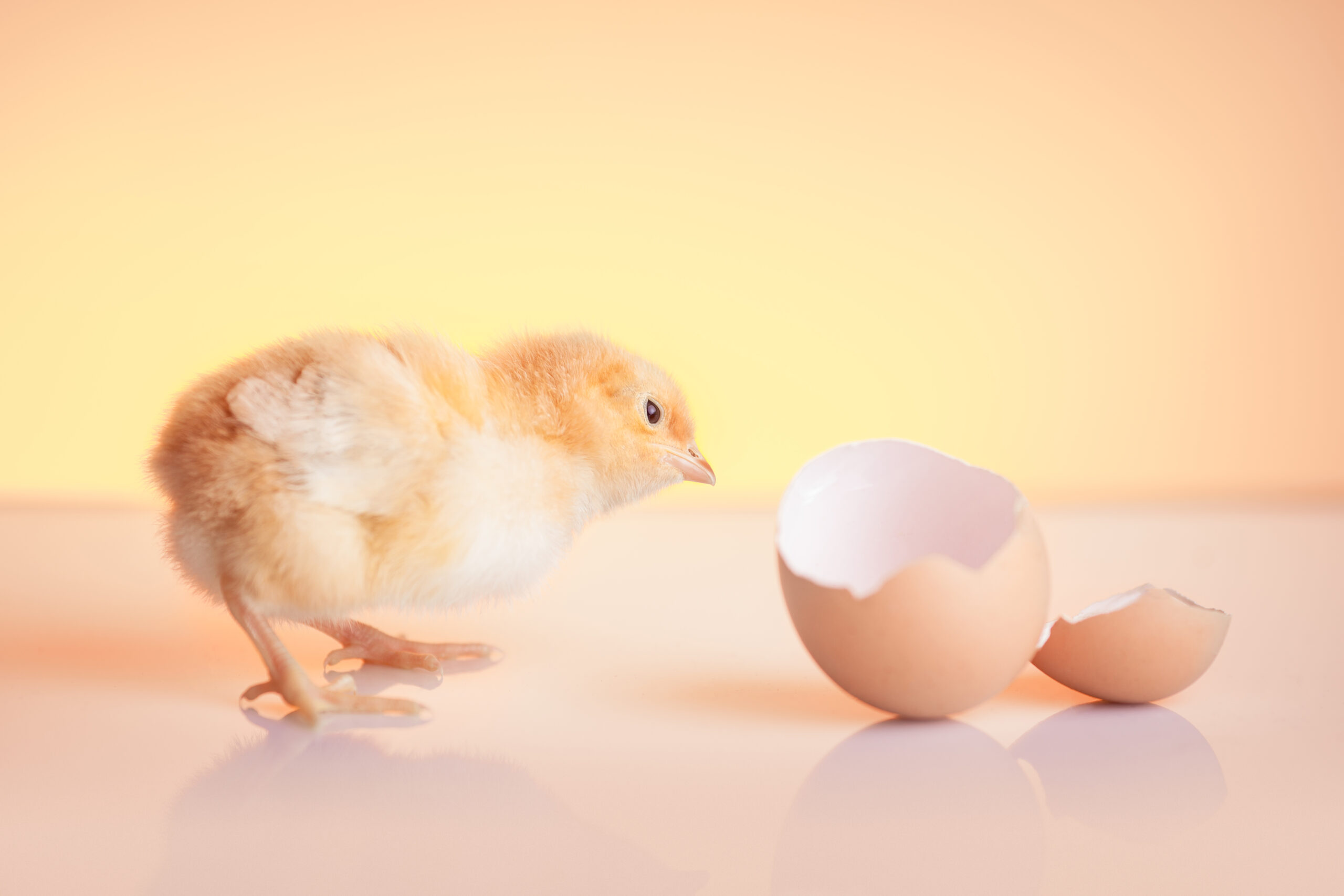Exploring the Relationship Between Egg Weight and Chick Weight

The journey from egg to chick is a fascinating one, and one of the factors that influence this process is the weight of the egg. Farmers, breeders, and researchers often observe a correlation between the size of the egg and the eventual weight of the chick, which can have significant implications for poultry farming and research.
In this post, we’ll dive into how egg weight impacts chick weight, why this relationship matters, and how to optimize outcomes in poultry production.
The Science Behind Egg and Chick Weight
The weight of an egg is influenced by several factors, including the hen’s breed, age, health, and diet. Larger eggs tend to contain more yolk and albumen, providing more nutrients to the developing embryo. This nutrient abundance can contribute to better growth during the embryonic stage, resulting in heavier chicks upon hatching.
However, the relationship between egg weight and chick weight isn’t linear or absolute. While larger eggs generally yield larger chicks, other variables—like incubation conditions and genetic factors—also play a role in chick development.
Chick weight is primarily determined by initial egg weight, normally being 62–78% of egg weight, and is secondarily determined by weight loss during incubation, shell and residue weight, strain, incubation time and conditions, breeder age and chick sex. The correlation of egg weight to posthatching chick weight decreases with increasing age of the chick. A 1 g change in egg weight has been shown to result in a corresponding change of 2–13 g in broiler weight at 6 to 8 weeks of age. This effect is much greater in eggs from young breeders than in those from old breeders. The effects of egg weight on chick feed conversion have been variable with no clear conclusion. Improved growth and uniformity may be obtained by growing chicks separately according to hatchling size. Therefore, sorting eggs by weight prior to incubation might be advantageous in some production operations to improve broiler or pullet uniformity and efficiency.
The work of Halbersleben and Mussehl1 (1922) revealed that the heavier eggs produced the heavier chicks. The weight of the chicks averaged to be 64.9% of that of the eggs from which they were hatched when brown eggs were considered. Jull and Quinn2 (1925) found that yearling hens’ eggs, which were heavier, produced larger chicks than did pullets eggs.
Egg weight is also a significant quality parameter and has an impact on broiler performance (Ulmer-Franco et al., 2010). There are significant relationships between poultry egg weights and hatching results. Egg weight directly effects hatchability, hatching duration, embryonic mortality, hatching weights and subsequent performance of chicks (Witt de & Schwalbach, 2004; Alkan et al., 2008; Çağlayan et al., 2009; Alabi et al., 2012). Therefore, relatively heavier or lighter eggs are not preferred as hatching eggs (Abiola et al., 2008). Some researchers (Elibol & Brake, 2008; Hesna Sahin et al., 2009; UlmerFranco et al., 2010; Alabi et al., 2012) observed that egg size within the intermediate range would hatch better than small eggs. While lower egg weights usually increase hatchability, heavier weights reduce hatchability. However, hatching weights and survival rate of chicks from lighter eggs are usually at low levels. Furthermore, there are positive correlations between chick weights and further growth performances of hens (Jiang & Yang 2007).
Factors Influencing the Relationship Egg and Chick weight
Nutritional Content
Heavier eggs contain more resources for the chick, but the efficiency of nutrient utilization during development is equally crucial.
Incubation Conditions
Proper temperature, humidity, and turning frequency during incubation ensure optimal chick development, regardless of egg size.
Genetic Potential
Some breeds inherently produce larger eggs, which can correspond to larger chicks, but the genetic traits of the chick also influence its growth trajectory post-hatching.
Post-Hatch Management
The chick’s growth rate after hatching is significantly impacted by factors like diet, brooding temperature, and care, which can sometimes overshadow the initial weight advantage from a larger egg.
Optimized Breeding Programs
Breeding hens that produce eggs within an ideal weight range can maximize chick quality and consistency.
Incubation Adjustments
Tailoring incubation practices to account for variations in egg size can improve hatchability and chick vitality.
Economic Considerations
Larger eggs may yield heavier chicks, but they may also require more resources from the hen, impacting production costs.
Balancing Egg Weight and Chick Growth
For poultry farmers, the goal is not necessarily to produce the heaviest chicks but to ensure that chicks are healthy, uniform, and well-suited to their intended purpose (e.g., broiler production or laying hens). Striking the right balance between egg weight and chick quality requires attention to breeding, nutrition, and management practices.
Conclusion
The relationship between egg weight and chick weight is an important consideration in poultry farming. While heavier eggs generally produce larger chicks, factors like genetics, incubation practices, and post-hatch care are equally important in determining chick quality. By focusing on a holistic approach to egg and chick management, farmers can achieve optimal results that benefit both productivity and profitability.
Reference
Interrelationships of egg size, chick size, posthatching growth and hatchability
Published online by Cambridge University Press: 18 September 2007
EGG WEIGHT, DAY OLD CHICK WEIGHT AND RATE OF GROWTH IN SINGLE COMB RHODE ISLAND RED CHICKS* CHAS. W. UP P (Received for Publication 1-6-28)
Effect of Egg Weights on Hatching Results, Broiler Performance and Some Stress Parameters
Brazilian Journal of Poultry Science Revista Brasileira de Ciência Avícola








